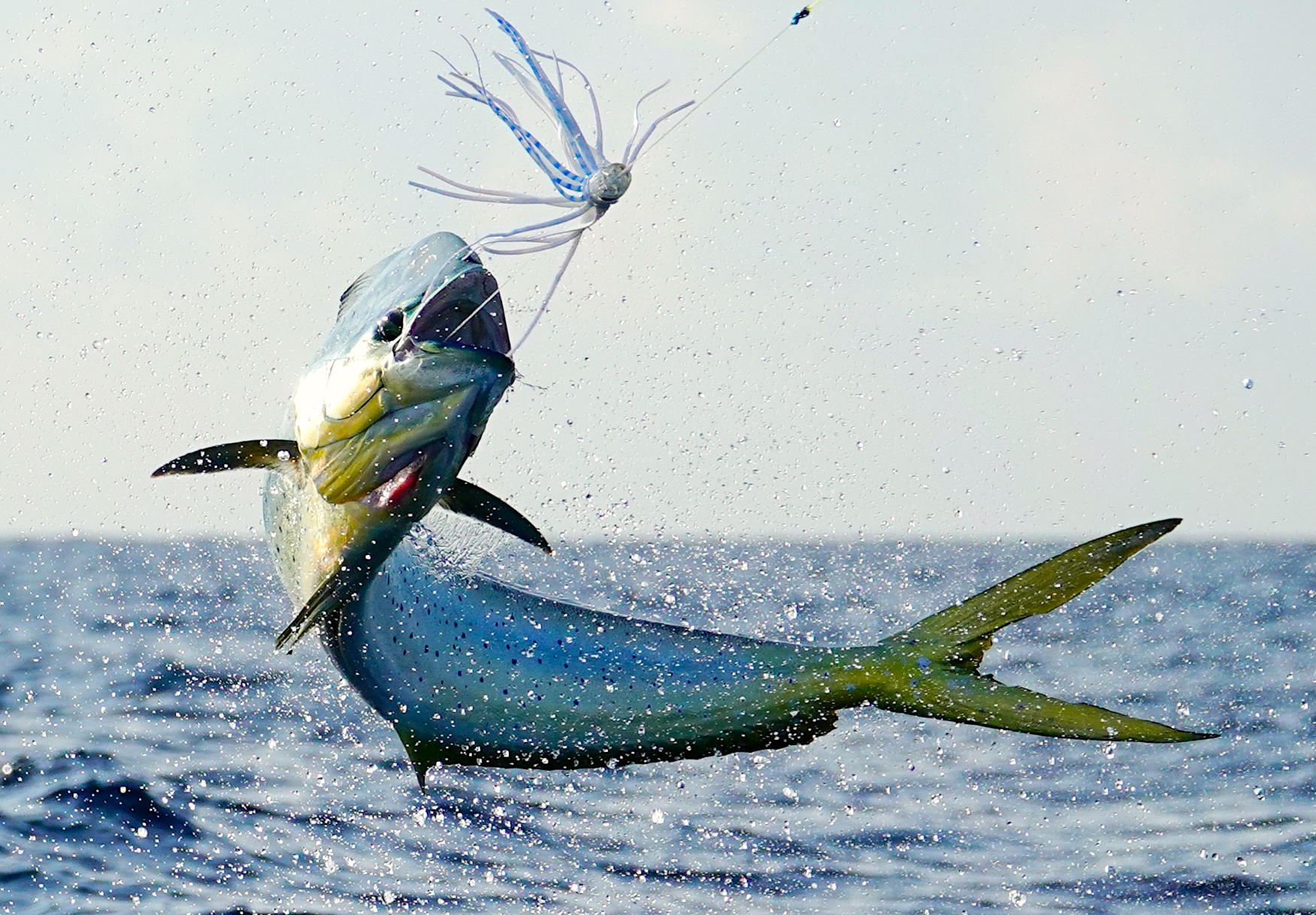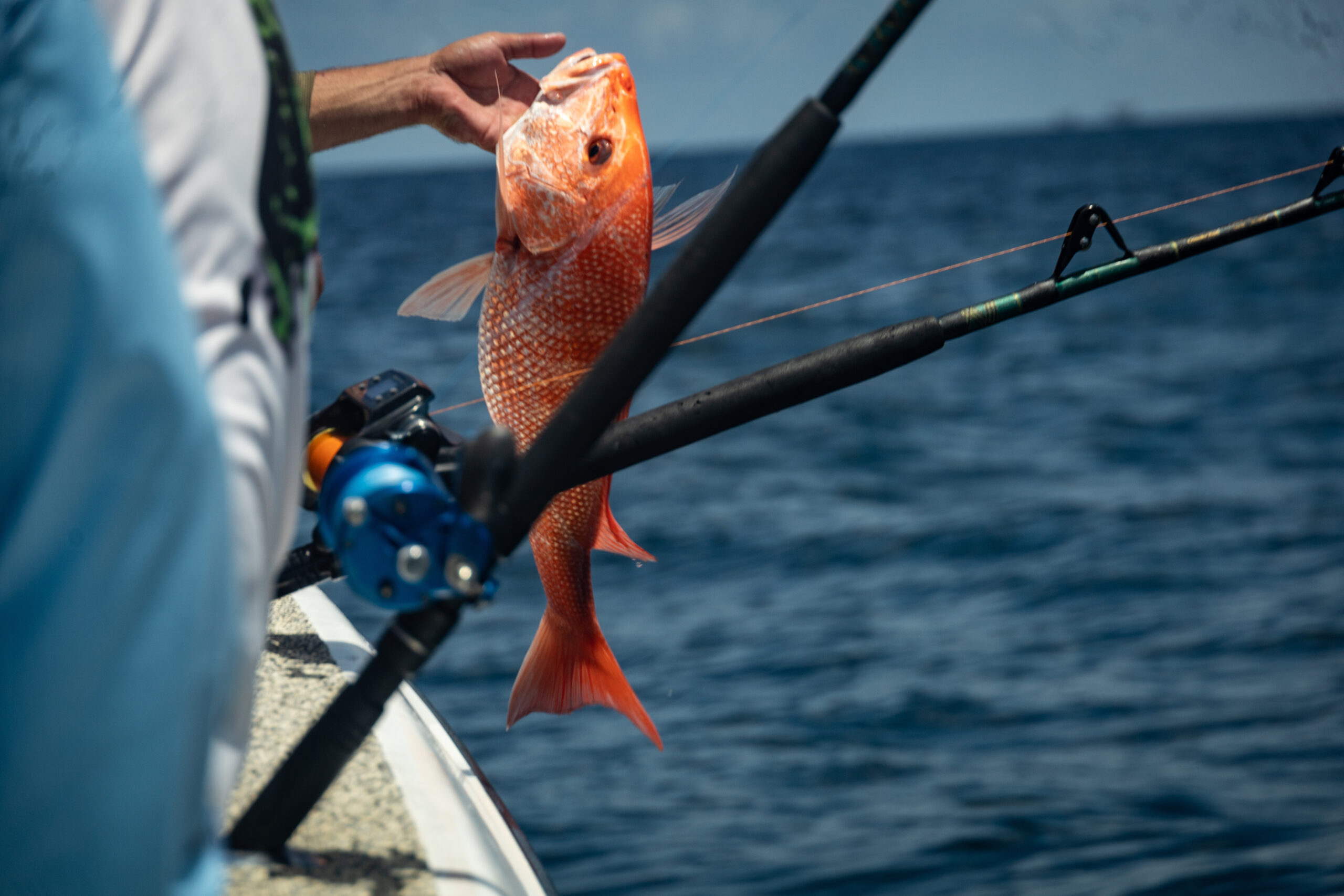
Are fish shrinking?
Scientists discover a global phenomenon, but the reasons behind it aren’t clear cut.
Global demand for seafood continues to grow. Increased wildcapture fishing efforts have resulted in the decline of numerous fish populations worldwide. We’re catching more fish than some species can sustain.
But scientists want to know whether sheer numbers of fish are the only problem, or whether other factors affect the ability of a fish species to maintain its population.
more
What did they study?
An international research team looked at the body sizes of multiple species of marine fish both through measurements in the field and average estimates from published databases. They were searching for evidence of global and widespread shrinking.
In total, the scientists considered 5,025 time-series from 45 studies around the globe. These time-series ranged from 5 to 56 years, spanning from 1960 to 2020, and covered 1,971 species. They then determined changes in average individual body sizes over time, as well as changes in total number of different fish species in the same habitat areas.
What did they find?
Nearly three-fourths of the marine fish populations in the study have experienced a decrease in the average size of individual fish. The research team also found that, on average, the variety of fish species, as well as the abundance of fish in a given habitat area, slightly increased through time.
Overall, the total weight of the fish species in this study has not decreased.
Anything else?
While the research team concluded many marine fish species are becoming smaller, they could not conclusively determine a specific reason, citing three possibilities: the selective capture of large-bodied fish (often for their higher market prices and meat yield), the warming climate, and/or the reduced availability of resources like food and suitable habitats.
So What?
The researchers theorize that when larger fishes disappear, smaller ones take their place and use the resources that become available. The total quantity or weight of fish in each area therefore is quite stable, as decreases in body size trade off with increases in overall numbers.
But size changes are not without impact. Often the larger-bodied fish are top predators, and their loss disrupts predator-prey dynamics. Bigger fish also produce a larger number of eggs. These patterns suggest that body size, numbers, and total weight of fish species living together in an area are linked, and that change in one has implications for change in the others within an ecosystem.
By Sara Mirabilio
full study: doi.org/10.1126/science.adg6006

Are cobia the key to manta ray conservation?
Anglers suggest changes to stop behaviors that place mantas at risk.
The giant manta ray currently faces the threat of extinction. Manta rays produce few offspring and reach sexual maturity late in life — as late as 15 years old for females — so their populations are vulnerable to even very low fishing mortality.
Scientists believe there is a subspecies of the giant manta ray that lives off southeastern Florida, and that they have identified a possible nursery site in south Florida. There also is evidence of important feeding and reproductive habitat in central and north Florida. But these regions also include active recreational fisheries for cobia.
more
Cobia have an inter-reliant relationship with manta rays and typically travel with them. The manta ray provides protection and spooks prey into the open for the cobia.
Anglers thus track manta ray migrations for the purpose of sight-casting cobia, and they could disproportionately harm manta rays through entanglement in fishing lines or “foul hooking” (hooking a fish on its body).
What did they study?
On the Atlantic coast of central and north Florida, there is an active spring recreational fishery for cobia when manta rays move through the area migrating north. Scientists wanted to better understand this fishery’s impact on manta ray populations.
Local experts’ ecological knowledge can supplement information from traditional fisheries data collection. So, a research team experimented with how to gather and use information based on angler knowledge, perceptions, and behavior.
The researchers identified and initially interviewed 15 local expert cobia anglers. After summarizing interviews, the scientists shared information back with the anglers for reactions and additional feedback on descriptions of the cobia fishery and the species’ relationships to manta rays, as well as on recommendations on best practices for angling.
Anglers also had the opportunity to express whether they were interested in engaging in future outreach or conservation activities.
What did they find?
In initial interviews, all anglers reported sighting manta rays to fish for cobia, and nearly 47% used manta rays as their primary method for locating cobia. Additionally, 60% of anglers track temperature changes in coastal waters to predict where both manta rays and cobia are migrating. Anglers mentioned March and April as peak migration times for the mantas, although specific timing varies with water temperature.
The initial interviews also revealed several challenges within the cobia fishery. Over 93% of anglers who responded to a survey about the study’s initial summary findings agreed that inexperienced anglers are more likely than experienced anglers to hook a ray when fishing for cobia. In addition, 91% reported having seen manta rays with hooks, jigs, trailing lines, or evidence of boat strike injuries.
A total of 91% also agreed that social media has encouraged anglers to cast at manta rays, and one angler emphasized that social media teaches novice anglers bad habits.
A total of 80% of anglers initially surveyed believed there was an increase in conflicts as a result of more fishing taking place within the cobia fishery. Anglers reported seeing, on average, near a dozen boats surrounding a single ray or group of rays and indicated that the number of vessels has increased over time.
Anything else?
During the feedback phase on initial findings, nearly 73% of anglers agreed that the cobia population in central and north Florida has decreased in the last 10 to 20 years. As such, anglers indicated it is now common to see manta rays without any cobia around them.
So what?
The study demonstrates that local knowledge from anglers can provide important insights.
Specific to the cobia fishery in central and north Florida, the practices and behaviors of inexperienced anglers, especially, pose a threat of entanglement, injury, and disturbance to manta rays in regions serving as critical habitat. But results also offered management strategies.
Anglers suggested seasonal or yearly closures of the fishery, bag and slot size adjustments, limits on how many people or rods are allowed on each vessel, and declaration of cobia as a catch-and-release fishery. Other suggestions included mandatory fishing and/or boating courses and more law enforcement officers on the water checking boats for illegal catches.
Anglers also called for more responsible fishing practices, such as not casting at or “gaffing” (fishing with a handheld pole with a hook or spike attached) for undersized fish.
These results can inform outreach materials designed to educate inexperienced anglers and encourage best practices. Anglers’ positive attitudes about the environment provide an opportunity to shift behaviors to support manta ray conservation.
By Sara Mirabilio
full study: doi.org/10.1002/aqc.4147

Can environmental DNA tell us what fish are in an estuary?
A new method shows promise for tracking the presence of most species.
Most of the important recreational and commercial marine fish species along the East Coast and Gulf of Mexico spend at least a small segment of their early life in protected, estuarine waters. To track fish, fisheries managers rely on traditional sampling, using bag seines, gill nets, trawls, and other methods. These “gears” are the best way possible to consistently detect the majority of fish species in an estuary.
more
But these sampling techniques are far from perfect. First, they’re size selective, which limits what you can and can’t catch. For example, a 7-inch red drum may be too small to be captured in a large mesh gill net — and too fast to be captured by a small mesh beach seine that two people pull slowly in thigh-deep water.
Traditional gear, like these nets, also can be lethal. A portion of the catch could die from capture.
But scientists may have a new tool for the tacklebox that isn’t lethal or size selective.
Organisms shed “environmental DNA” (eDNA). Analysis of eDNA in water samples and other environmental sources is a relatively new method to determine the presence and prevalence of species. Could eDNA complement — or replace — our long-standing approach to capture and count fishes in estuaries?
What did they study?
In the spring and fall of 2022, using traditional sampling and eDNA, researchers looked at the fish community in Cedar Lakes, an estuarine system in Texas.
The research team extracted eDNA from surface water samples taken next to bag seines and gill nets. At the lab, the team extracted the DNA and compared data to a fisheries DNA database.
Texas Parks and Wildlife has been conducting traditional sampling for Cedar Lakes since 1996. As such, they have a good idea of what species should and shouldn’t be present in this estuarine system at different times of the year.
What did they find?
Researchers detected a larger number of species using eDNA than they did using traditional sampling. The richness of species from the two-season sampling window was similar to that observed in the historical records for the study site over several decades.
The three most common species the team caught in gill nets were red drum, hardhead catfish, and black drum. The three most common species they caught in bag seines were Gulf menhaden, Atlantic croaker, and spot. More than 65% of the eDNA samples detected these species.
While popular species such as red drum and black drum were identified by both eDNA and traditional gears, spotted sea trout were more likely to be missed by eDNA alone.
Anything else?
The eDNA technique does have limitations. First, the eDNA data that the team collected was not a good indicator of the amount of fish present (only if they were present).
Second, although the eDNA detected some species that traditional gears didn’t catch, it also clearly missed species that were easy to identify in a gill net, including two species of sharks. It’s unclear to the research team why eDNA failed to detect sharks in this study.
So what?
State agencies spend a lot of time and resources monitoring resources in dynamic estuarine systems using traditional gears. This type of sampling is necessary to understand fish populations. While not perfect, this study shows that eDNA can complement traditional sampling programs.
By Scott Baker
full study: doi.org/10.1002/nafm.10937


